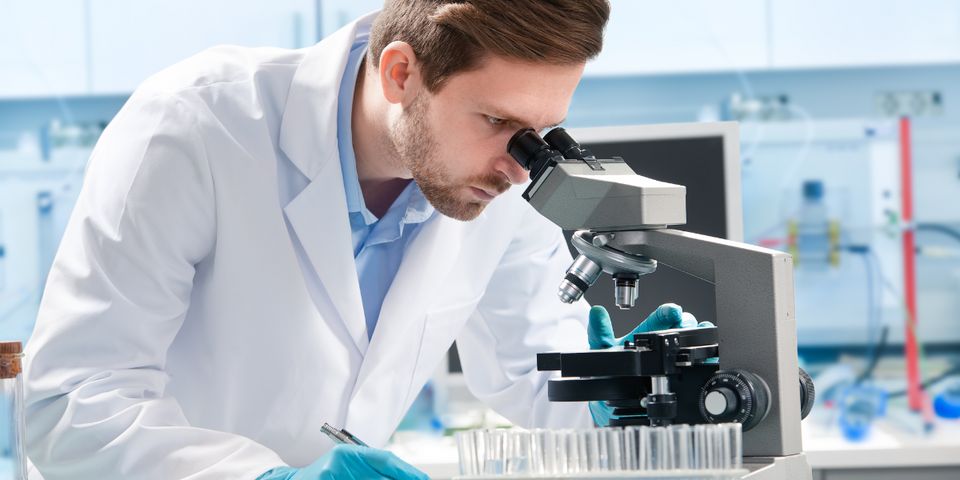
Delivering high-quality health care requires making accurate diagnoses to guide treatments. Medical providers have a variety of tools at their disposal to diagnose diseases, including the ability to evaluate individual cells. The field of cytology is devoted to studying cells, using powerful microscopes to examine their characteristics and identify anomalies. More specifically, when cytology is used to examine cells for signs of disease, it falls into the realm of cytopathology. The following question-and-answer guide will help you better understand how cytopathology is used for detect the presence of disease in the body.
What Patients Want to Know About Cytopathology and Disease Detection
What is cytopathology?
This discipline involves examining specially prepared cells collected from biopsies, tissue, fluids, scrapings, or brushing for signifiers of disease or other anomalies. It looks for disease warning signs, such as inflammation, infection, or cancer by comparing the cells to normal specimens.
Illnesses can cause differences in the appearance of a cell's nucleus, change its shape, or show the presence of certain proteins. It's the pathologist's job to identify these differences to support a diagnosis.
What diseases can cytopathology diagnose?
Cytopathology is most often used to screen for and diagnose different types of cancer. The Papanicolaou test, more commonly known as the Pap smear, is one of the most well-known cytopathology procedures. Cells collected from the cervix are evaluated for signs of cancer or pre-cancer.

Fluids taken from other parts of the body, including urine, phlegm, spinal fluid, or the spaces around the heart and lungs can also be evaluated for cancer using this method.
What are the benefits of cytopathology?
Cytopatology is especially useful for detecting diseases that may not have any outward signs or symptoms. For example, it's often impossible to determine whether a tumor is malignant or benign by looking at it. Doctors perform fine needle aspirations to collect fluid from the tumor, which contains cells that can be analyzed to make a precise diagnosis.
Cytopathology also allows doctors to screen individuals who are at risk for certain diseases before they develop any symptoms. Ultimately, cytopathology aids in early detection and more effective treatments to help save lives.
What's the difference between cytopathology and histopathology?
Sometimes, it is necessary to look at a collection of cells because signs of disease are only noticeable when individual cells are examined against other nearby cells. Because the disease can also appear in the attachments between cells, histopathology looks at larger cross sections of the tissue rather than single cells. This way, the pathologist can identify an abnormality based on the cell's location within the tissue, not just certain characteristics.
If your medical practice is seeking a cytopathology provider to better serve patients, turn to Summit Pathology in Loveland, CO. This independent, physician-owned pathology clinic provides advanced, efficient pathology services for health care providers, hospitals, and patients throughout Colorado, Wyoming, and Nebraska. To learn more about this laboratory's capabilities and services, visit the website or call (970) 212-0530 to speak with a team member.
About the Business
Have a question? Ask the experts!
Send your question

